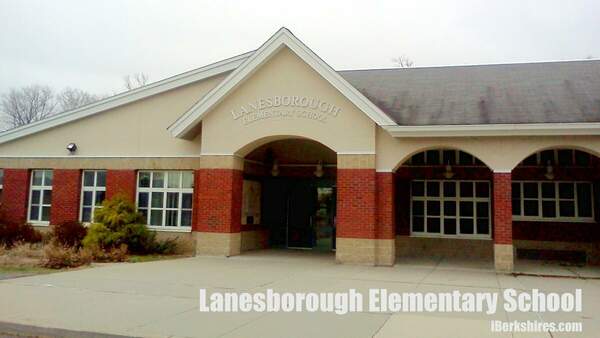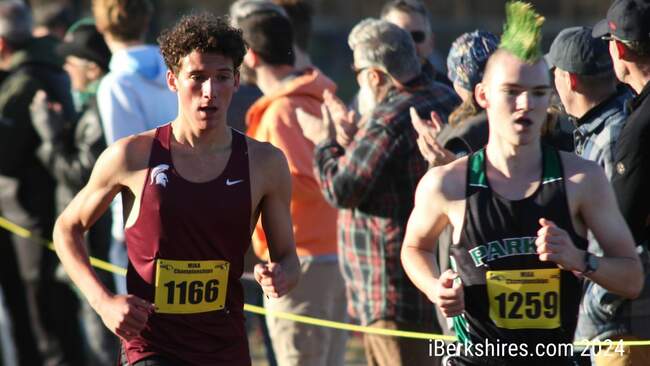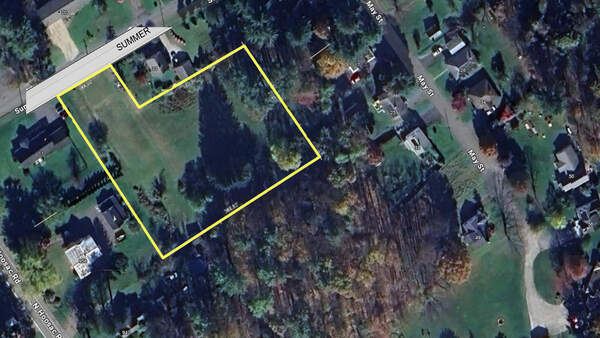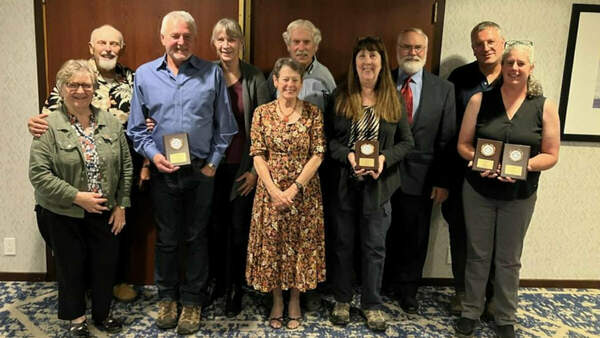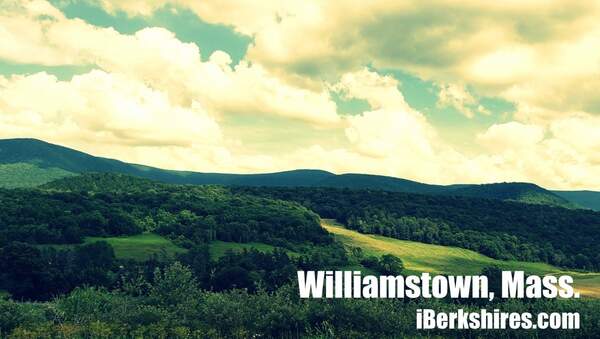Letter: Not NIMBY, It's Common Sense
 |
To the Editor:
Here in Williamstown those of us opposed to the former Planning Board's complex and radical zoning changes – because they were dumped on us with no time for review their impacts on our neighborhoods, no supporting documents, and while our Comprehensive Plan is still in the works – are already hearing whispers of NIMBY-ism ahead of our June 14 town meeting. So, I address the whisperers.
NIMBY, or "Not In My Backyard," is credited to Lois Gibbs of Niagara Falls, N.Y. It was her rallying cry for neighbors to oppose Hooker Chemical's dumping of toxic waste in nearby Love Canal. Gibbs declared that "people fighting for their own back yard is what democracy is about."
Of course, developers and industry interests cleverly reversed her meaning for their own financial interests, accusing Gibbs of opposing growth and – incredibly – the selfish preservation of home values. Today, accusations of racism and exclusionary zoning have been added to the list.
But here in Williamstown, those opposing the radical zoning changes are not racists, nor do we want exclusionary zoning. We simply ask our fellow residents to wait a year until our $180,000 Comprehensive Town Plan is complete before approving radical changes. Shouldn't zoning implement our Comprehensive Plan, not the other way around?
Soaring real estate prices are a national problem, but that is not to say Williamstown shouldn't try to lower housing costs while also embracing the principles of smart growth and inclusion. Most of the former Planning Board's radical changes, however, are unlikely to accomplish either. They offer no backup studies, no reports from other towns that tried something similar, no information on the impact on our schools, our property taxes, or most critically, housing affordability.
So, I encourage people to turn out on June 14 to turn down these radical zoning amendments to allow our Comprehensive Planning Team and our new Planning Board to do the hard work of developing zoning that has a chance of bringing housing costs down and increasing diversity in Williamstown. It's not NIMBY; it's just common sense.
Lee Harrison
Williamstown, Mass.
Tags: zoning,

